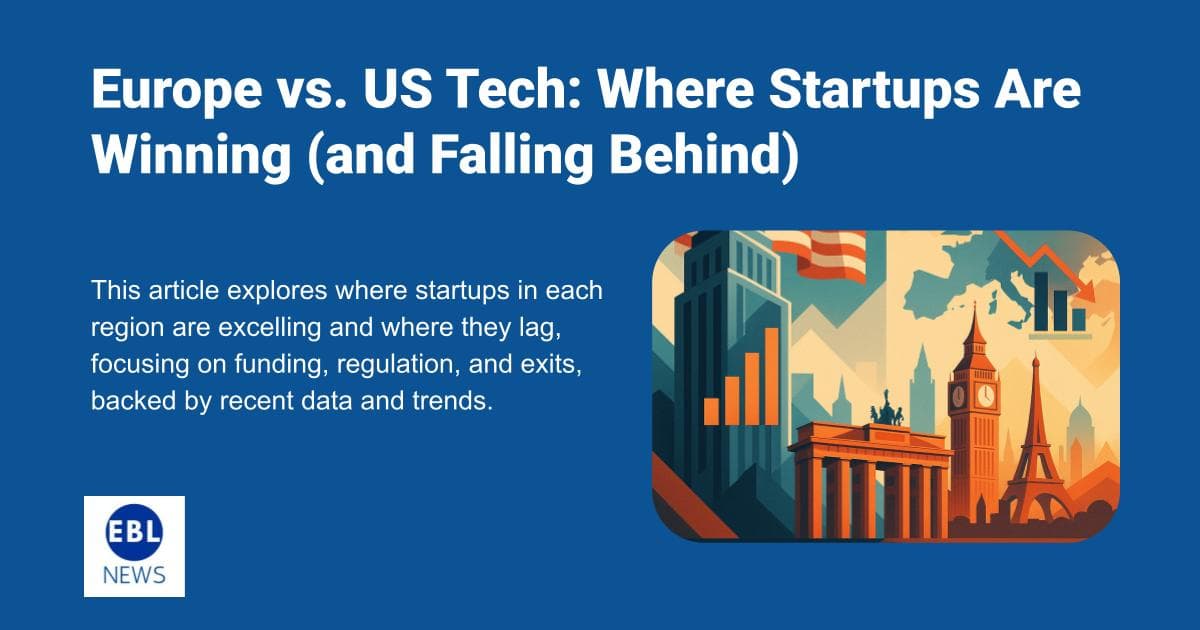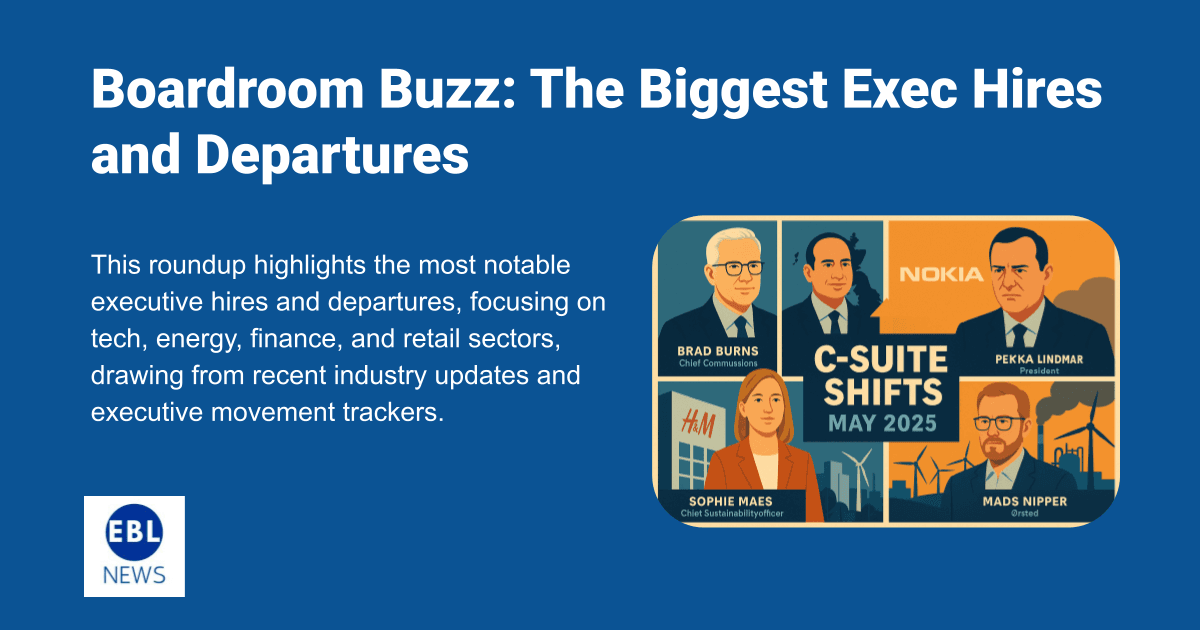How Europe is Racing to Catch Up in the AI Arms Race
The global race for artificial intelligence (AI) supremacy has been dominated by the United States and China, leaving Europe trailing in a contest that could define the technological and economic landscape of the 21st century. However, Europe is now mobilizing its resources, policy frameworks, and innovative spirit to close the gap in this AI arms race, driven by a unique blend of collaboration, regulation, and ethical ambition.
The AI Power Gap
For years, the U.S. and China have led the charge in AI development. The U.S. boasts tech giants like Google, Microsoft, and OpenAI, fueled by massive private investment and a robust venture capital ecosystem. China, meanwhile, leverages state-driven initiatives, vast data reserves, and companies like Baidu and Tencent to push AI boundaries. In contrast, Europe has struggled with fragmented markets, limited funding, and a slower pace of commercialization. According to a 2023 McKinsey report, North America accounted for over 60% of global AI private investment, while Europe lagged at around 15%.
Yet, Europe’s lag is not for lack of talent or potential. The continent is home to world-class research institutions like DeepMind (UK) and INRIA (France), and its universities produce a significant share of AI-related academic papers. The challenge has been translating this intellectual capital into scalable, market-ready solutions—a gap Europe is now tackling head-on.
A Unified Push
The European Union (EU) has emerged as a key player in orchestrating a continent-wide AI strategy. In 2021, the European Commission unveiled its AI Strategy, aiming to invest €20 billion annually in AI by 2030 through public-private partnerships. The EU’s Horizon Europe program has earmarked billions for AI research, focusing on areas like healthcare, climate modeling, and industrial automation. Member states are also stepping up: Germany’s AI Strategy commits €5 billion by 2025, while France’s AI for Humanity plan targets leadership in ethical AI.
Collaboration is a cornerstone of Europe’s approach. Initiatives like the European AI Alliance and the AI4EU platform foster cross-border cooperation among researchers, startups, and policymakers. This unity aims to counter the fragmented landscape that has historically hampered Europe’s competitiveness, offering a counterpoint to the centralized models of China and the U.S.
Regulation as a Strength
Europe’s regulatory framework, often criticized as a barrier to innovation, is being reframed as a competitive edge. The EU’s Artificial Intelligence Act, set to be finalized in 2025, will be the world’s first comprehensive legislation governing AI. It prioritizes “trustworthy AI,” banning high-risk practices like mass surveillance while setting standards for transparency and accountability. This ethical stance appeals to global markets wary of unchecked AI deployment, positioning Europe as a leader in responsible innovation.
Companies like Finland’s Nokia and Sweden’s Ericsson are already aligning with these principles, integrating AI into 5G networks and sustainable tech solutions. Meanwhile, startups such as France’s Mistral AI are gaining traction with open-source models that rival U.S. offerings, proving Europe can compete without sacrificing its values.
Challenges Ahead
Despite these strides, Europe faces hurdles. Funding remains a fraction of U.S. and Chinese levels, and talent retention is a concern as researchers and engineers are lured abroad. Scaling startups into global players is another weak spot—Europe lacks the “unicorn” factory of Silicon Valley. Additionally, geopolitical tensions could limit access to critical technologies like semiconductors, where Europe relies heavily on Asian suppliers.
The Road to Relevance
Europe’s AI race is less about domination and more about relevance. By leveraging its strengths—collaboration, regulation, and a human-centric approach—it aims to carve a niche as a global AI leader. The continent may never match the sheer scale of its rivals, but its steady, principled sprint could redefine what winning the AI arms race truly means. As of March 2025, Europe’s momentum is clear: the gap is closing, one innovation at a time.




